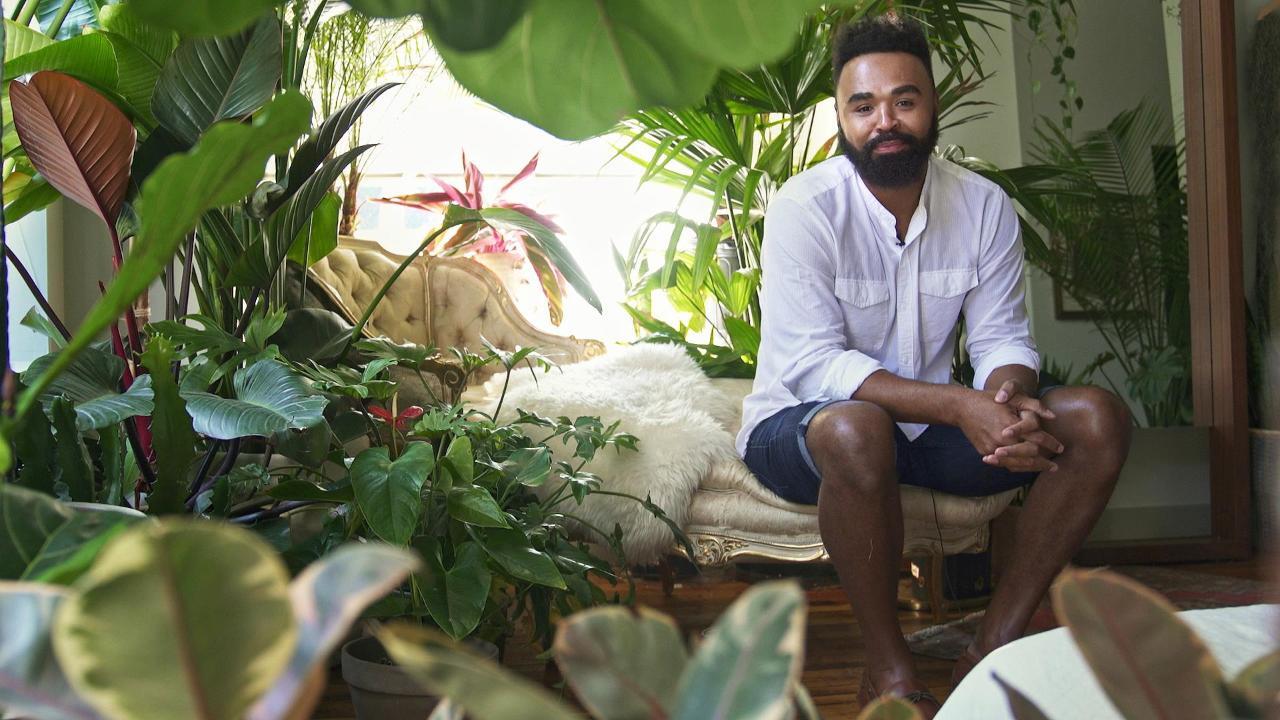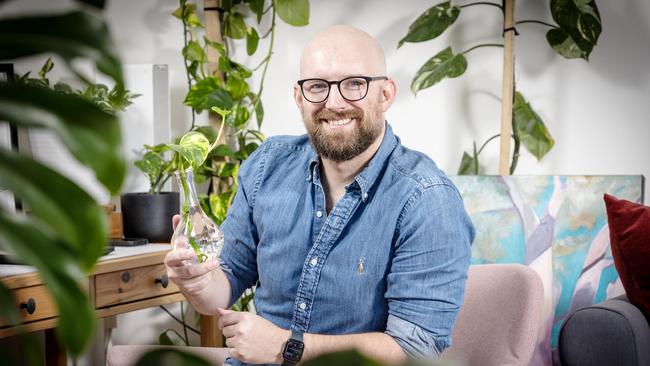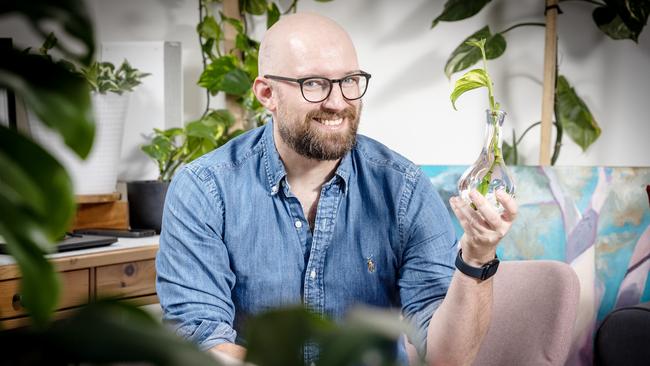Indoor plants owners view them as family members, UniSA study finds
Forget the days of watering your plants or maybe talking to them – SA researchers have found many people are far more invested.

Lifestyle
Don't miss out on the headlines from Lifestyle. Followed categories will be added to My News.
Gardeners are said to have green thumbs, but a new study shows that indoor plant owners are more likely to develop green hearts as the relationships with their leafy housemates grow.
Plant owners could be in a relationship with their plants or even view them like family members, researchers from the University of South Australia found.
The study, published in the journal Plant-Environment Interactions, surveyed 115 plant owners across the country and found participants owned an average of 15 indoor plants, with some owning more than 500.
One of the paper’s authors, Dr Brianna Le Busque, is an expert in biophilia – people’s connection to nature – and biophobia, a fear of nature.
“About one in seven people had a really strong connection to their plants, so they described their plants as children or family members,” she said.
“A majority of the sample had an ‘engaged’ relationship with their plant.”
The paper was inspired by anecdotal accounts and pop culture articles that reported people were owning more indoor plants.

“We wanted to understand whether people just buy plants because they look nice, or was there something deeper there?”
Only 12 per cent of participants responded that they had no relationship with their plants, beyond thinking they looked nice.
However, some of those who had deeper relationships with their plants also described negative aspects.
“In some cases, people were so connected to their plants that they actually felt quite sad if their plants lost leaves or died,” Dr Le Brusque said.
“It definitely showed that plants were more than decorative for some people – and that is both good and bad, in some cases.”
Aerospace engineer Dr Alex Wright, 37, works from his Kent Town apartment, where he has more than 20 indoor plants of different varieties.
“They provide that nice balance and that reminder of the natural world that we’ve strayed away from a little bit with city life,” said Dr Wright, who is originally from Canada.
“I look at them as a nice metaphor for settling in a place and putting down some literal roots, as it were. People move around quite a bit with life these days, and it’s something that can make a house a bit of a home.
House plants required an investment of money and time, but benefits included enjoying
their slower pace of growth and change.
“They say that plants are the new pets, and pets are the new kids these days,” Dr Wright said.
“They are something that I do care about, and put into consideration when I think about moving.”
The research found 11 different benefits to having house plants. 51 per cent of owners said the plants aesthetically enhance their home, 31 per cent said they improve air quality and purification, while 22 per cent said their plants provide some form of stress relief.

Peace lilies, spider plants and orchids were popular choices, with living rooms, kitchens and bedrooms being among the popular places to keep plants.
Half of people praised plants for their decorative value, such as softening rooms and adding colour, while a third cited “air purification” as a benefit. Other benefits included setting habits, smelling pleasant and providing a distraction.
In the future, the scientists are hoping to investigate how the strength of relationship between a human and their plants affects the benefits that the plants provide.






